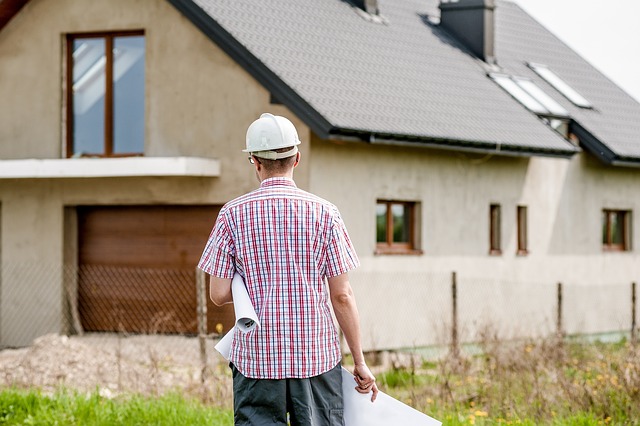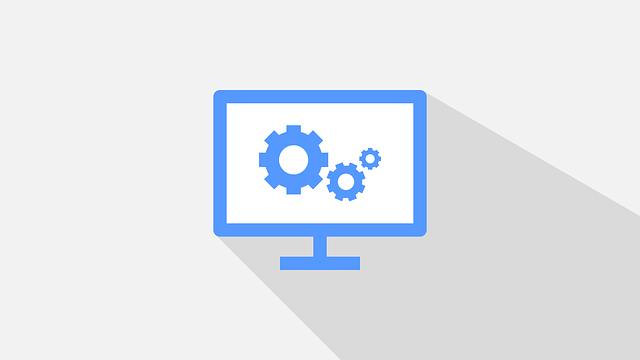This section emphasizes the critical role of a comprehensive approach to home repair and maintenance, with a focus on safe appliance installation and repair. It underscores the importance of understanding specific appliance requirements, including unique dimensions and electrical and ventilation needs, especially for gas dryers. Adhering to manufacturer instructions is essential to ensure safe, code-compliant installations and repairs that prevent fires, electric shocks, and carbon monoxide risks. Regular maintenance checks are recommended to catch issues early, potentially saving time and extending appliance life. Using genuine parts is key for reliable performance. Homeowners should stay informed about local building codes affecting repair practices and installations. Proactive care can often prevent the need for repairs, but when problems arise, accurate diagnosis according to the user manual's safety precautions and troubleshooting steps is crucial. Should DIY solutions fail, professional home repair and maintenance services are advised to avoid further complications. Keeping records of issues and fixes attempted aids in future problem-solving and service. When considering appliance repairs, one must weigh the pros and cons of professional versus DIY approaches, considering personal skill levels and the complexity of modern appliances. Professional repair services offer expert diagnostics and guaranteed workmanship, often resolving issues efficiently on the first visit, while amateur repairs can risk additional damage or safety concerns. Ultimately, informed decisions and effective appliance care fall under best practices for Home Repair and Maintenance.
When it comes to ensuring your home runs smoothly, appliance installation and repair are critical components of home repair and maintenance. Whether you’re tackling a DIY project or considering professional assistance, understanding the basics, troubleshooting common issues, and evaluating repair options are essential steps for any homeowner. This article delves into each aspect, providing valuable insights to keep your appliances functioning efficiently and effectively. Navigate through the sections to master the art of appliance care and make informed decisions for your home’s maintenance needs.
- Understanding the Basics of Appliance Installation for Home Repair and Maintenance
- Troubleshooting Common Issues in Home Appliances: A Step-by-Step Guide
- Professional Services vs. DIY: Evaluating Your Options for Appliance Repair
Understanding the Basics of Appliance Installation for Home Repair and Maintenance

When tackling home repair and maintenance, particularly in relation to appliance installation or repair, it’s crucial to approach the task with a clear understanding of the basics. Safety should always be the top priority; this includes disconnecting power supplies and water lines before beginning any work. Proper tools and safety gear are essential for handling appliances of various sizes and complexities. Appliance installation is not a one-size-fits-all process; each type of appliance, from refrigerators to washing machines, comes with its own set of specifications that must be adhered to for optimal functionality and compliance with safety standards. Understanding the manufacturer’s instructions is vital, as they provide guidance on dimensions, electrical requirements, and proper ventilation needs. For instance, a gas dryer requires a dedicated gas line and adequate airflow to prevent carbon monoxide buildup. Similarly, ensuring that the electrical connections are secure and up to code is imperative for preventing fires and electric shocks.
For those embarking on appliance repair as part of home maintenance, knowledge of the unit’s components, common issues, and troubleshooting methods is essential. Regular checks can help identify minor problems before they escalate into major malfunctions. This proactive approach not only saves time and resources but also extends the lifespan of your appliances. When repairing, it’s important to source genuine replacement parts for consistent performance and durability. Additionally, staying informed about local building codes and regulations is crucial, as these can affect how you handle certain repairs or installations. By understanding the basics of appliance installation and maintaining a routine maintenance schedule, homeowners can ensure their appliances operate efficiently and safely, thereby contributing to the overall well-being of their homes.
Troubleshooting Common Issues in Home Appliances: A Step-by-Step Guide

When home appliances malfunction, understanding how to troubleshoot common issues can save time and money. Regular home repair and maintenance practices can help prevent many problems from arising in the first place. However, when a problem does occur, a methodical approach is key. Start by identifying the appliance’s issue—is it not turning on, making unusual sounds, or perhaps not functioning as expected? Once the specific problem is pinpointed, refer to the user manual for troubleshooting steps provided by the manufacturer. These guidelines often include safety warnings and step-by-step solutions tailored to the appliance model.
For electrical appliances, ensure the power source is secure before inspecting any physical components. Check if the appliance is properly plugged in or if a circuit breaker has been tripped. If the appliance is powered but not operating correctly, examine the control switches and knobs to ensure they are set to the correct position. For instance, if your refrigerator isn’t cooling, verify that the temperature settings haven’t been altered. Next, inspect for obvious signs of wear or damage to components like gaskets, seals, or heating elements. If you detect a problem such as a frayed wire or a loose connection, correct it immediately, adhering to safety protocols. In cases where the issue persists despite your efforts, consulting professional home repair and maintenance services is advisable to avoid further complications. Remember to document any issues and the solutions attempted for future reference, which can be invaluable when seeking expert assistance or preparing for a routine service call.
Professional Services vs. DIY: Evaluating Your Options for Appliance Repair

When an appliance malfunctions, homeowners face a choice between professional services and do-it-yourself (DIY) repair. Each option comes with its own set of considerations under Home Repair and Maintenance. DIY enthusiasts might opt to tackle the issue themselves, potentially saving on labor costs. However, it’s crucial to assess your skill level and the complexity of the appliance in question. Modern home appliances often incorporate advanced technology that may require specialized knowledge. Attempting a repair without the necessary expertise could lead to further damage, safety hazards, or inefficiencies. On the other hand, professional services offer expert diagnostics, guaranteed repairs, and warranty protection, which can provide peace of mind. Certified technicians are trained to handle a wide array of appliance brands and models, ensuring that your repair is completed correctly, often on the first attempt. When evaluating your options for appliance repair, consider the time investment, potential risks, and long-term reliability under Home Repair and Maintenance practices. Choosing between professional services and DIY repair depends on your comfort level with the task, the cost-benefit analysis of self-repair versus hiring a pro, and the importance of maintaining the manufacturer’s warranty or service agreement terms. Regardless of the path you choose, thorough research into local appliance repair services or a careful review of DIY tutorials can help inform your decision for effective Home Repair and Maintenance.
When it comes to maintaining the efficiency and longevity of your home’s appliances, a solid understanding of installation processes and common issues can prove invaluable. This article has guided readers through the fundamentals of appliance installation, offered practical troubleshooting steps for frequent home appliance malfunctions, and provided insights into weighing professional services against DIY approaches for repairs. By equipping yourself with this knowledge, you’re well-prepared to tackle most home repair and maintenance tasks related to your appliances confidently and effectively, ensuring they operate at peak performance. Remember, a proactive approach to upkeep not only saves time and money but also contributes to a more stable and comfortable living environment.
